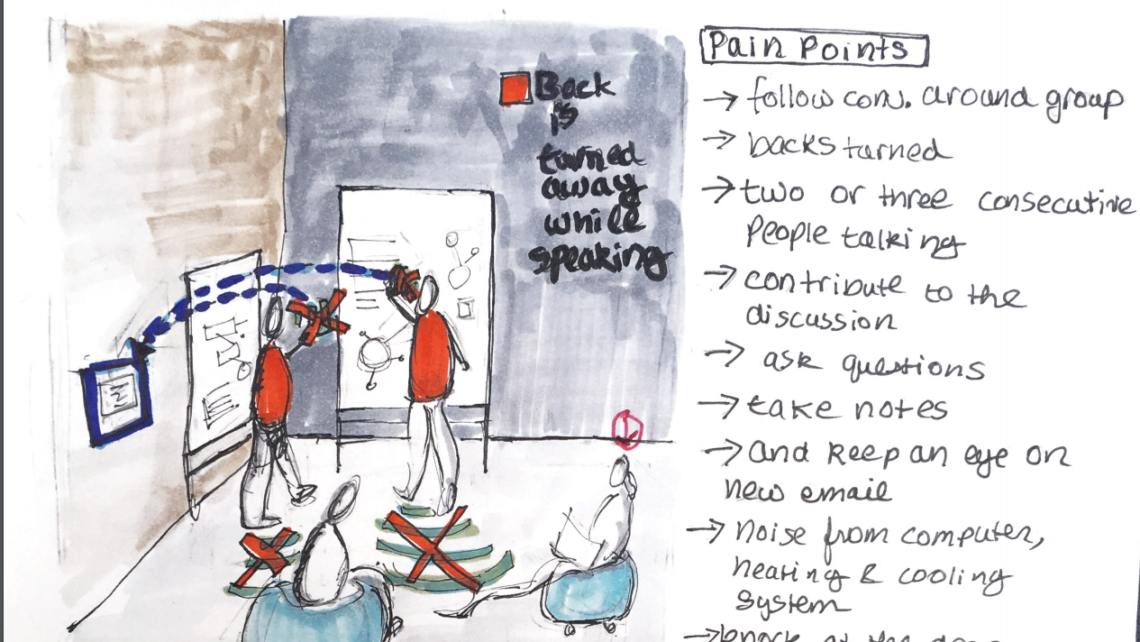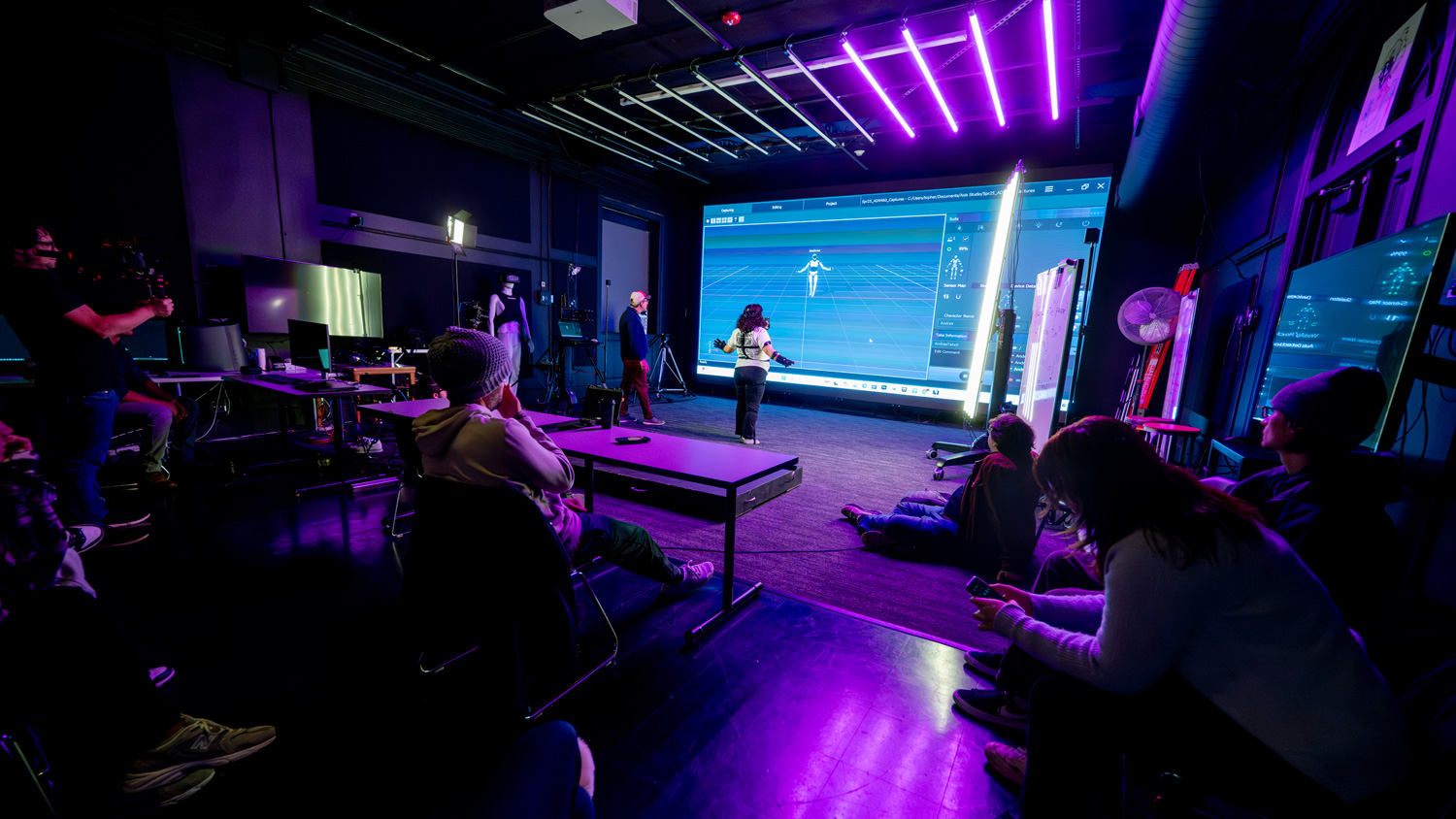by Helen Armstrong, professor of graphic design
How can we use computation to augment our mental abilities? This was Vannevar Bush’s query in 1945 when he wrote: “As We May Think.” Two of his ideas: the Memex: (also here) a speculative machine that would allow knowledge workers to access and share all of the world’s information from their desktop—using microfiche—and a Cyclops Camera—a camera attached to the forehead for documenting and inputting data. Douglas Engelbart read a reprint of this article and was inspired by Bush’s vision. He, along with a team of researchers at the Stanford Research Institute, went on in 1964 to create the computer mouse, hypertext, windows, word processing, video conferencing, and a collaborative real-time editor—as revealed in “The Mother of all Demos.”


The visions of individuals like Bush and Engelbart now infuse human life. Knowledge is no longer scarce. Participation is expected. Computation is ubiquitous. Or is it? The design of interfaces has simultaneously created and blocked access to information. Not everyone has been able to communicate with machines. Traditional interfaces have disabled many individuals with impairments.
Over the last 50 years, we have worked to create interfaces that meet the needs of most—but not all—users. How can machine learning change this? Cognitive Computing enables computers to observe unstructured data and make decisions in a manner similar to humans. How can we harness this new technology to rethink interface design to meet the needs of all individuals? How might we use machine learning to not only lower barriers to access, but also make the experience delightful?
This is my current journey. I’ve spent recent years working with industry and other researchers to explore this larger question. Reach out if you are interested in collaborating or would like some ideas for integrating accessibility projects into the design classroom.
We can either design a world of access or a world of barriers.
(Featured image: Process Sketch by NCSU MGD student Krithika Sathyamurthy for IBM Watson Health Accessibility Project. )
- Categories:



